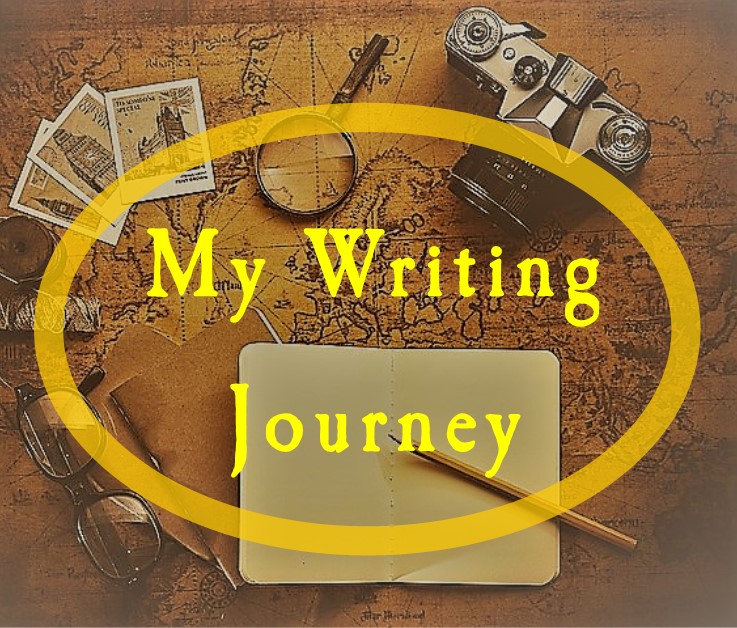
Platform and Branding
What Do You Want to Say, and How?
There’s a reason that one day you sat down at an empty screen or in front of a blank…
July 18, 2021
There’s a reason that one day you sat down at an empty screen or in front of a blank…
July 18, 2021
All too often we’re shallow enough to think the prize is worth the journey. Really it’s the journey that’s…
January 3, 2019
If you want to impress an editor as freelance writer, I’ll let you in on a little writer secret.…
August 14, 2018
If actions speak louder than words then a character’s body language is an important part of dialogue. And yet…
September 19, 2016